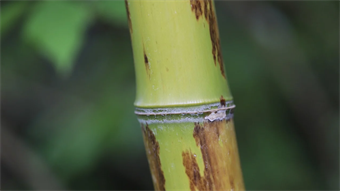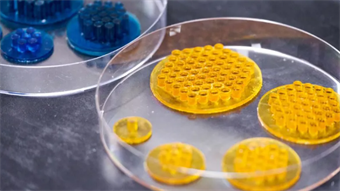New plastic coating developed for 3D printing processes
Marie Donlon | May 10, 2024A new coating designed for the plastic particles employed in 3D printing has been developed by a team of researchers from Nottingham University in the U.K.
 Source: Nottingham University
Source: Nottingham UniversityAccording to the research team, the coatings can reportedly lend color as well as anti-mold and anti-fungal properties to the manufacturing of such parts.
While a benefit of 3D printing, or additive manufacturing, is the ability to design and produce bespoke objects, the processes are limited by the availability of materials and palette. However, the new process reportedly offers a pathway to a wider range of material capabilities.
Prior to the development of this process, the researchers explained that the only options for manufacturers in terms of colors are grey or white powders with color added after the fact. However, the new process has resulted in the creation of a range of colorful polymers for coating the PA-12 particles.
In addition to creating the colored shell polymers, which also match the mechanical and thermal properties of the printing polymer, the new shell coating also inhibits the growth of mold and fungi, thereby making products composed of PA-12 appropriate for use in moist environments.
An article detailing the coating, “A facile one step route that introduces functionality to polymer powders for laser sintering,” appears in the journal Nature Communications.




